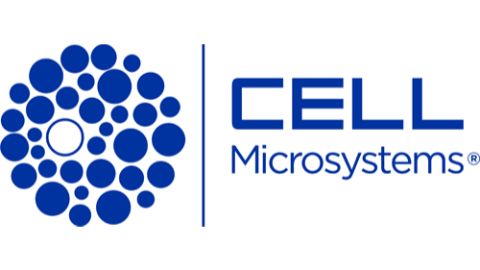Comparison of Three Methods for the Evaluation of Cytokine Storm Risk in Early and Clinical Stage Biopharmaceutical Development

Cytokine release syndrome and cytokine storm (CRS or CS) are potentially fatal immune reactions characterized by large scale release, upon a first infusion of some therapeutic antibodies or biologics, of the proinflammatory cytokines IL2, IL4, IL6, IL8, IL17, TGFb, TNFa, and/or IFNg by immune cells. In 2006, a phase 1 clinical trial of TGN1412, a humanized anti-CD28 superagonist, caused a near fatal cytokine storm reaction in 6 out of 6 healthy volunteers. The adverse reaction to TGN1412 was not predicted by the standard battery of preclinical in vitro or in vivo tests, including NHP GLP studies. Subsequent analysis of interspecies differences found that the underlying cells responsible for the cytokine storm, CD4+CD45RO+ effector-memory T cells, express CD28 in humans but not in primates. Additionally, human lymphoid T cells, but not peripheral blood effector-memory T cells, were found to be reactive to TGN1412, raising questions about the utility of in vitro or ex vivo testing using PBMC's for CRS. Prior to the TGN1412 clinical trial disaster, the standard method for in vitro assessment of cytokine release syndrome was to add aqueous test antibody or biologic to a culture of PBMC's for 24 to 72 hours and then measure cell proliferation and inflammatory cytokine release. This simple approach is now known to lack sufficient sensitivity to accurately assess risk of CRS or CS. Since then, a great deal of effort has gone into creating an in vitro assay that is capable of recapitulating in vivo effects. At least three methods have been reported that improve, in some ways, the ability to predict CRS: (a) immobilization of test antibody on plastic, (b) co-culture of PBMC's on HUVEC's and (c) pre-culture of PBMC's at high cell density. The goal of this work is to identify an assay that can accurately predict the risk of CRS and CS associated with investigational biotherapeutics. The assay must be suitable for routine use in a biotherapeutics development program and must use soluble, not plastic immobilized, test article to allow for meaningful comparisons between test and control articles and correlation with in vivo dosaging. To be considered predictive, the assay should, as a starting point, recapitulate in vitro the known in vivo biology of CRS in that subsaturating concentrations of anti-CD3 (clone OKT3) and saturating concentrations of superagonistic anti-CD28 should each trigger pro-inflammatory cytokine production.





